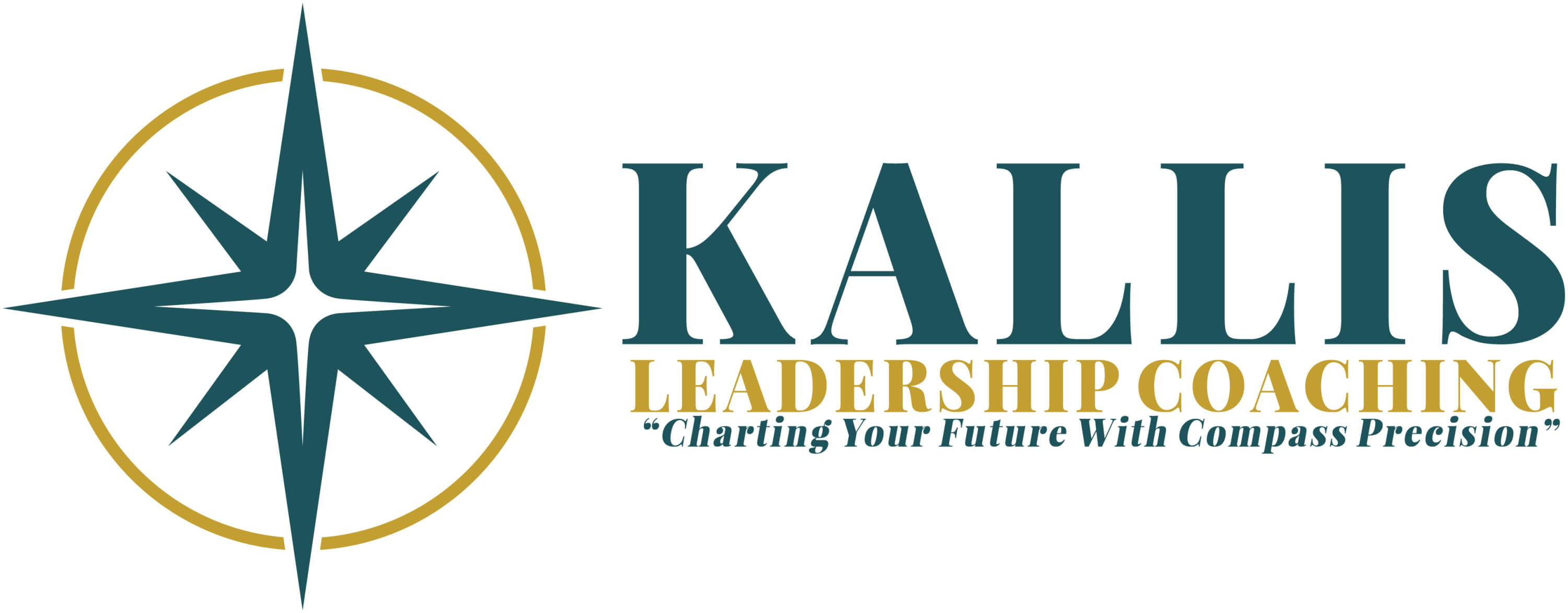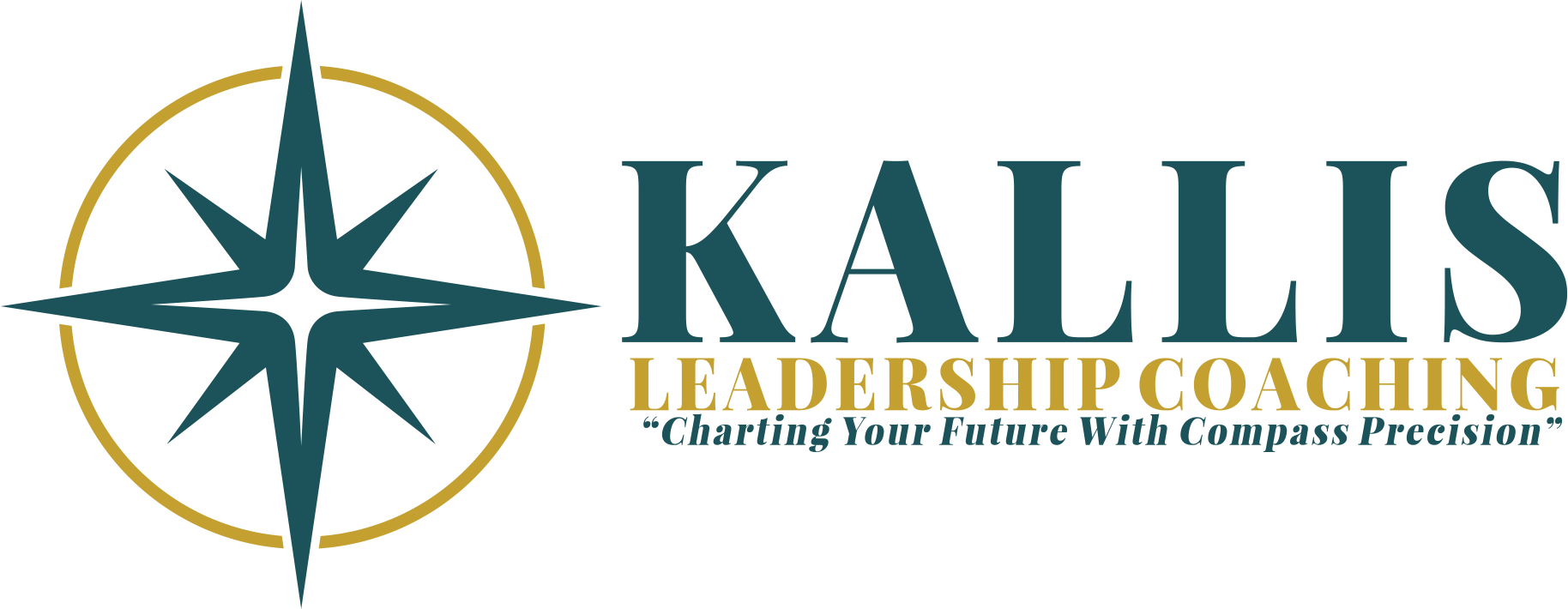
Change is unavoidable, but how we respond to it shapes everything. Whether it’s an organizational restructuring, a leadership transition, or a personal career shift, change can be both disruptive and transformative. For leaders and individuals alike, the question isn’t if change will happen, but how we choose to handle it.
Based on my experience with professionals and organizations, I’ve observed that effective change is seldom solely about strategy or procedures. Instead, it revolves around people’s mindset, energy, and capacity to adapt, engage, and evolve in the face of uncertainty.
Guiding Change with Clarity and Compassion
Leaders play a crucial role in shaping how change occurs within an organization. If change is poorly communicated or shown without empathy, it can lead to fear and resistance. Employees may disengage, morale can decline, and trust may diminish. Conversely, when leaders communicate change with clarity, honesty, and inclusiveness, they can transform disruptions into opportunities.
Effective change leadership requires:
- Transparency. Share the “why” behind the change early and often. Uncertainty breeds anxiety; understanding fosters buy-in.
- Empathy. Recognize that change triggers emotions. Acknowledging those feelings creates psychological safety and trust.
- Collaboration. Invite feedback, involve employees in problem-solving, and empower them to shape what the “new normal” looks like.
- Resilience. Stay grounded amid ambiguity. Your calm presence sets the tone for your team’s confidence.
Leaders who involve people in the journey, rather than dictating it, foster more profound commitment and adaptability throughout the organization. They help employees feel seen, heard, and valued, even as they navigate uncertainty.
John Kotter emphasizes that “Leaders establish the vision for the future and set the strategy for getting there.” This vision guides the course and fosters connections. The most successful leaders clearly define their goals and inspire others to see themselves as vital to that path.
Leading Change with Clarity and Connection
I’ve guided many changes, but one particularly memorable experience was uniting two divisions under a single umbrella. While it appeared to be a structural reorganization on paper, it was, in practice, a human transformation. I understood that my leadership during this process would shape not only the result but also the subsequent culture.
From the start, I emphasized the importance of clarity, not just in our actions but also in understanding the reasons behind them. I dedicated time to developing a clear vision of the future and demonstrating how each step moves us toward that goal. My goal was to help the team see opportunities instead of obstacles, and purpose instead of confusion. When people can visualize the end goal, they are more likely to stay committed to the path.
I shared the reason for the change with enthusiasm and positivity, aiming to motivate rather than dictate. Change should be embraced voluntarily, so I focused on fostering an environment where everyone felt heard, appreciated, and involved. I worked closely with my leadership team, empowering them to help define our future and take ownership of advancing the process.
Equally important was keeping open two-way communication. I created space for conversations beyond mere updates, asking questions, listening attentively, and observing the room's energy. Change often triggers a range of emotions, from excitement to fear and doubt, and dismissing these feelings only increases resistance. By recognizing and empathizing with people's emotions, I noticed that trust grew and collaboration became stronger.
This experience strengthened a key belief of mine: effective change isn’t solely about control, but about building connections. When leaders demonstrate clarity, compassion, and confidence, they not only manage change, they most importantly, inspire fundamental transformation.
Choosing Growth Amid Change
Although leaders influence the environment, we each hold responsibility for our responses. Change often reveals our core habits, fears, and beliefs, yet it also presents growth opportunities.
Many individuals I know, particularly those in or transitioning out of the federal sector, are experiencing significant life changes. Some have faced layoffs and are shifting to the private sector, while others have been asked to return to roles they previously left. Additionally, many are in organizations undergoing major restructuring, where uncertainty about the future is common and leadership communication is inconsistent.
Beyond work, family and friends are also experiencing the ripple effects of wider economic and global changes beyond their control, which influence their careers and daily lives. These uncertainties can be overwhelming, but our reactions to them significantly shape our well-being and overall life satisfaction.
The most impactful changes occur when we stop waiting for clarity and start creating it ourselves. Embracing change begins with self-awareness, so pause for a moment and ask yourself:
- What’s within my control right now?
- What assumptions am I holding that might limit me?
- What strengths can I lean on to move forward?
Understanding that change requires flexibility, curiosity, and courage, but most importantly, ownership is vital. Relying on others to handle the transition keeps us stuck. By taking responsibility for our mindset, we regain our power. Here are some ways to navigate personal or professional change with purpose:
- Reflect before reacting. Please take a moment to reflect on what’s happening and its significance to you.
- Align with your values. Use them as a compass when making decisions during uncertain times.
- Act with agency. Take small, meaningful steps that reinforce progress even when the path isn’t obvious.
Change as a Shared Responsibility
Successful change requires a partnership between leaders who build an environment of trust and individuals who choose to engage proactively. When both parties take responsibility, transformation becomes less about merely surviving disruption and more about shaping what lies ahead.
Change is fundamentally a common human experience that challenges our patience, resilience, and adaptability. It also serves as a reminder that growth seldom occurs in a state of comfort. Whether guiding others through change or navigating it yourself, approaching it with curiosity and compassion can turn uncertainty into an opportunity.
Reflection
Change will always be part of the journey, whether in leadership, in work, or in life. The question is not “How can I avoid it?” but rather, “How can I grow through it?”
Let’s Keep the Conversation Going
Leadership is a journey and you don’t have to navigate it alone. Subscribe to the Kallis Leadership Coaching blog for fresh insights, practical strategies, and inspiration to help you reflect, align, and act with purpose.











0 Comments